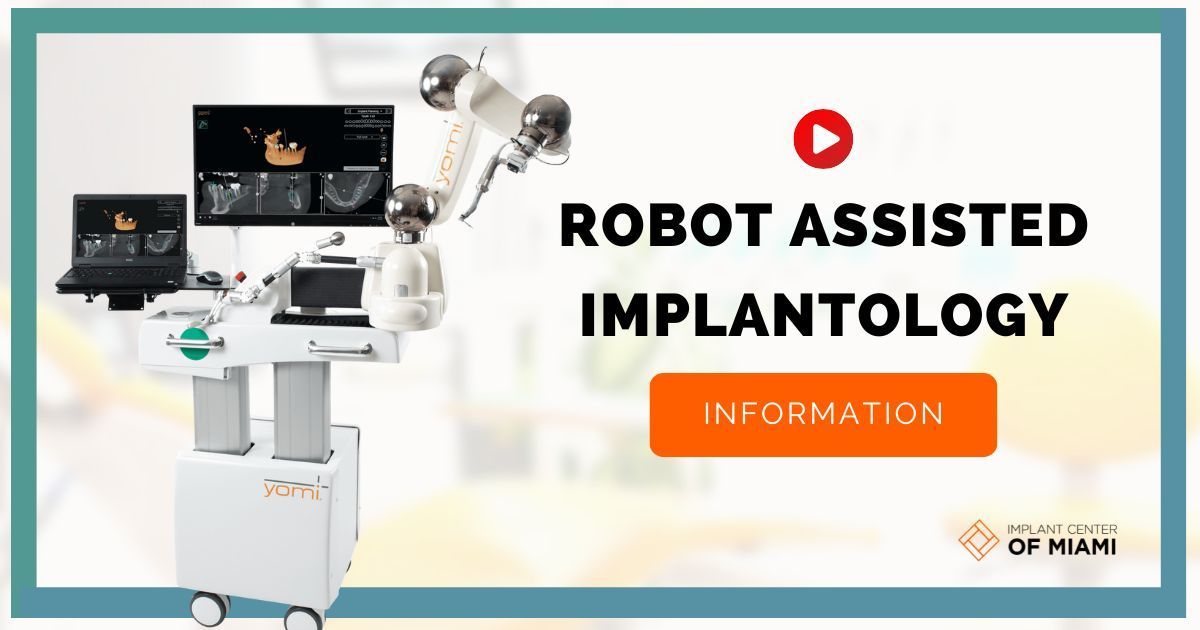Advanced Applications of 3D Printed Surgical Guides in Modern Medicine Practices
Advancements in technology have ushered in a new era in the medical field with the introduction of 3D printed surgical guides. This innovative solution serves as a breakthrough in precision medicine, allowing surgeons to navigate complex procedures with meticulously accurate guidance. The bespoke guides, designed using patient-specific medical imaging, aid in aligning, positioning, and orienting surgical instruments during operations. Their increasing prominence in contemporary surgery represents the intersection of technology and healthcare, promising improved surgical outcomes and patient recovery times.
Request an Appointment
An Introduction to 3D Printed Surgical Guides
3D printed surgical guides are cutting-edge tools revolutionising medical surgeries. They are patient-specific models created using 3D printing technology, facilitating precision and accuracy by mapping out surgical procedures beforehand. This revolutionary concept addresses individual anatomical variations, potentially reducing operation time and improving patient outcomes.
The Technological Requirements for 3D Printing Surgical Guides
3D printing surgical guides involves a blend of cutting-edge technology. A high-resolution 3D printer is required, capable of producing guides with fine-tuned precision. Software for medical imaging and CAD design is necessary for accurate digital modeling of patient anatomy and guide design. The material used for 3D printing should be biocompatible and sterilizable. Lastly, personnel with expertise in these tools are crucial for operation and quality control.
The Role of 3D Printing in Modern Surgery
3D printing is revolutionizing modern surgery by providing customized surgical solutions. Surgeons use 3D models to plan complex procedures in advance, creating patient-specific implants and prosthetics. Its precision and customization enhance patient outcomes, cutting recovery time.
The Design Process behind 3D Printed Surgical Guides
The design process of 3D printed surgical guides involves creating a digital model referencing patient-specific anatomy. Using software, the surgeon identifies the area of operation, and the 3D model then undergoes testing and refinement before being printed for use.
The Use of 3D Printed Surgical Guides in Orthopedic Surgery
3D printed surgical guides are revolutionizing orthopedic surgery. These custom-fit tools, created from a patient's medical scans, allow for greater precision and accuracy. They enhance surgical planning, reduce operation time, and improve outcomes, making surgery safer and more efficient.
Improving Surgical Precision with 3D Printed Guides
3D printed guides are revolutionizing surgical precision, ensuring better patient outcomes. They allow for detailed pre-op planning and provide surgeons an exact roadmap for incisions. This enhances accuracy, reducing recovery time, increasing safety, and improving the overall effectiveness of surgeries.
The Economical Benefits of 3D Printed Surgical Guides
3D printed surgical guides offer economical benefits, reducing healthcare costs through improved surgical efficiency and accuracy. They enable personalized surgery, minimizing complications and recovery times. This technology also reduces time spent in operating rooms, saving significant costs.
The Influence of 3D Printing on Pre-Surgical Planning
3D printing revolutionizes pre-surgical planning by creating accurate, patient-specific models. This aids in surgical precision, risk reduction, and improved patient outcomes. It allows for better visualization, increasing the predictability of complex procedures.
Real-world Success Stories Using 3D Printed Surgical Guides
Many surgeons have reported increased precision and efficiency through the use of 3D printed surgical guides. One success story is Dr. Patel, a US surgeon who used a 3D printed model to plan a complex spinal operation. The guide resulted in a successful operation, reducing surgery time and improving patient recovery.
How 3D Printing Contributes to Patient-Specific Surgeries
3D printing greatly enhances patient-specific surgeries, as it can recreate accurate anatomical models. This allows physicians to tailor procedures to individual needs, leading to precise operations, fewer complications, and quicker recovery times. It's a revolution in personalized medicine.
The Use of 3D Printed Surgical Guides in Dental Implant Procedures
3D printed surgical guides in dental implant procedures serve as cutting-edge aids to ensure accuracy. By creating a custom fit, these guides offer a detailed roadmap for dentists, outlining ideal angles and depths for implants. This precision helps to minimize errors and enhance patient care.
Customized Healthcare: The Future of 3D Printed Surgical Guides
Customized healthcare is redefined by 3D printed surgical guides, revolutionizing the future of surgical procedures. Surgeons now can create patient-specific, precise guides reducing operation time and risk. This technological advancement ensures personalized care, enhancing surgical outcomes.
Effect on Recovery Time and Rehabilitation Using 3D Printed Guides
3D printed guides have proven to be transformative in optimizing patient recovery and rehabilitation times. These customized aids provide personalized treatment options, reducing surgical times and enhancing overall outcomes. Accurate pre-planning with 3D models facilitates efficient procedures, subsequently resulting in shorter hospital stays and swift recovery timelines, easing the rehabilitation process.
Addressing Ethical Considerations of 3D Printing in Surgical Applications
3D printing is revolutionizing surgical applications, enabling personalized implants and models. However, ethical considerations arise including patient safety, informed consent, and equality of access. It's crucial to address these for the technology's compassionate and fair implementation.
Current Barriers and Challenges to Implementing 3D Printed Surgical Guides
The timely production of 3D printed surgical guides is hindered by factors such as high costs, complex design processes and the need for specialized equipment. Regulatory issues also persist in terms of quality control and safety standards, posing challenges for wider adoption.
Case Studies of Life Saved through 3D Printed Surgical Guides
3D printed surgical guides have saved numerous lives through their precise model-making capabilities. One such case is a 5-year-old patient with a complex heart defect. Traditional imaging couldn't fully illustrate the issue, leading doctors to 3D print a replica of the child's heart. This replica served as a guide for a successful operation, thereby saving the child's life. Another case involved an adult patient with a severe spinal issue, where a 3D printed surgical guide facilitated a complex operation, effectively aiding recovery.
Impact of 3D Printed Surgical Guides in Pediatric Surgery
3D printed surgical guides have revolutionised pediatric surgery by increasing precision and reducing operation time. They offer surgeons a unique, patient-specific tool to plan surgeries. This minimizes potential risks and complications, reduces surgical invasive procedures, and improves recovery time, making surgery safer and more efficient for children.
The Role of AI and Machine Learning in Creating 3D Printed Surgical Guides
AI and Machine Learning significantly boost the precision of 3D printed surgical guides. They refine preoperative planning, enabling a patient-specific approach. Experts utilize AI to interpret medical scans and create accurate physical models. Machine Learning algorithms optimize this process, advancing healthcare outcomes.
Training Future Surgeons with 3D Printed Surgical Models and Guides
Training future surgeons with 3D printed surgical models and guides revolutionizes medical education. By providing tangible replicas of complex anatomy, it enhances procedural understanding significantly. These precise models allow novice surgeons to practice skills before actual surgery, increasing patient safety.
The Future Developments of 3D Printed Surgical Guides.
Future developments of 3D printed surgical guides depict high prospects in healthcare. Advanced algorithms can allow custom made guides adapted to patients' unique anatomies. Further improvements in biocompatibility and durability can enhance surgical precision and reduce recovery times.
Reflecting on the Revolutionary Potential of 3D Printed Surgical Guides: A Conclusion
3D printed surgical guides have revolutionized the medical field, especially in surgery. These guides allow for precision and customization previously unavailable, making surgeries more efficient and safer. This breakthrough demonstrates the vast potential for continued advancements in 3D printing in medicine.
Frequently Asked Questions
Dental Financing Options
Checking your options will not impact your credit score!
Apply Online in 30 Seconds
Fund Your Account
Start Your Treatment
Read Our Blog


Office Locations
Contact Us
For more information or to schedule an appointment, call us at 786-713-9290 or complete the form.
What Happens After I Send My Message?
Implant Center of Miami: Website Message
Locations Information
Our Services
Quick Links
Office Hours
- Mon - Fri
- -
- Sat - Sun
- Closed



